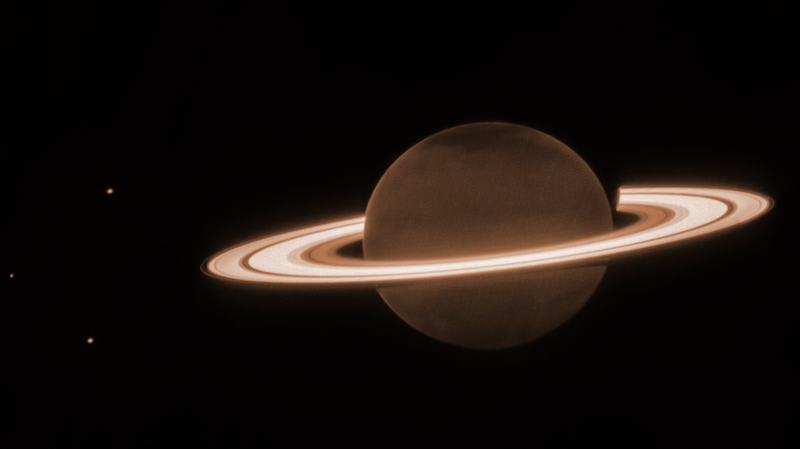Saturn’s moon Enceladus is making waves in the search for extraterrestrial life. Recent reanalysis of data from NASA’s Cassini mission reveals new organic molecules erupting from its south polar geysers—signs that this icy world may tick all the boxes for habitability.
Beneath Enceladus’s fractured crust, a global ocean churns. Cassini’s 2008 flyby plunged through plumes of ice grains and vapor, capturing snapshots of water rich in complex organics—the building blocks of proteins. Now, scientists led by Nozair Khawaja at Freie Universität Berlin have identified entirely new classes of carbon-based compounds in those samples.
"We have found several categories of organic—meaning primarily carbon-containing—molecules that span a range of structures and chemical properties," says Khawaja. While these compounds can form without biology, they are also key intermediates toward even more complex molecules essential for life.
Enceladus, just 313 miles across, orbits Saturn at 148,000 miles. Its hidden ocean thrives under 12 to 19 miles of ice, warmed by hydrothermal vents that mirror early Earth conditions. Scientists believe this environment offers liquid water, energy sources, and the right chemical ingredients for life to emerge.
While Cassini’s instruments weren’t designed to detect actual biosignatures, their high-speed grain sampling—at over 40,000 miles per hour—provides a pristine window into Enceladus’s subsurface chemistry. These tiny ice grains had just seconds of space exposure, preserving a direct record of oceanic processes.
With the European Space Agency planning a return mission, Enceladus stands out as a top target in the quest to understand our place in the universe. As Khawaja notes, "We have compelling evidence that all three keystones of habitability—liquid water, an energy source, and essential elements and organics—exist on Enceladus."
Reference(s):
More evidence suggests Saturn's moon Enceladus could support life
cgtn.com




